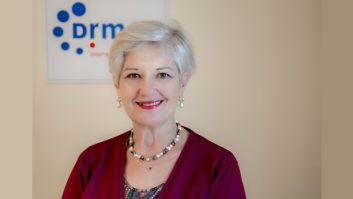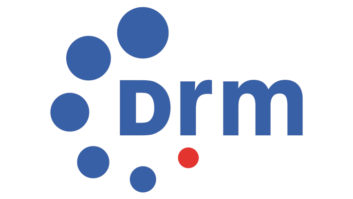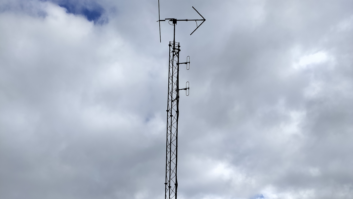NAYPYIDAW�Peter Streader ofAmpegon AG(a DRM Consortium member) wrote a brief piece inDRM newson his observations of the recently completed Radio Asia 2015 conference that was sponsored by theAsia-Pacific Broadcasting Union. Let�s take a look at a few of Streader�s comments:
�
�…presentations underlined that only about 25 percent of Myanmar�s population lives in the cities, meaning 75 percent of the population has very limited or no access to internet or even FM radio.� In regard to the benefits presented by both the DRM and DAB+, Mr Min Min of She Than Lwin Media presented a comparison of the two standards and made it very clear that �no one shoe fits all� and, as he understood it, Myanmar authorities were considering both standards depending on geographical size and the population densities of target areas.
�Consequently the presentation I made on behalf of the DRM consortium focused on how DRM30 could be used to reach regional and remote areas using MW or SW.� Also included was a low-tech explanation of just how cost effective DRM could be to cover large areas using a single transmitter (thus leaving more money for content generation). This was completed by an explanation of how SW could be used to reach people in difficult (e.g. mountainous) terrain.� A comparison of audio quality using analogue vs DRM on MW over a long distance was also well received. Questions from the floor asked about the relative costs of transmitters (analog vs. DRM) and also whether or not older transmitters could be modified in an economical way. Obviously the answers to these questions depend on multiple variables but, unlike any other digital standard, DRM can ensure the re-use and upgrade of existing infrastructure.
�As a conclusion it was clear to me that digital radio has a potentially bright future in Myanmar and that DRM is well positioned to play a very strong role. The most likely way forward (in my opinion) will be to use DRM and DAB+ according to audience location but there will be overlap in coverage so this underlines the critical need for cost-effective multi-standard receivers.� This does not apply to just Myanmar but to many other Asian countries considering similar solutions, such as Indonesia and Vietnam.�
In the virtual pages of DRU, we�ve included much at DAB and DAB+, but those interested should also read aboutDigital Radio Mondiale (DRM).� It is presented by the DRM consortium as a relatively easy replacement for MW and SW, and the technology for use on frequencies up to 30 MHz is known as �DRM30.�� A VHF version exists as well, potentially as replacement for FM; this technology is known as DRM+.� �












